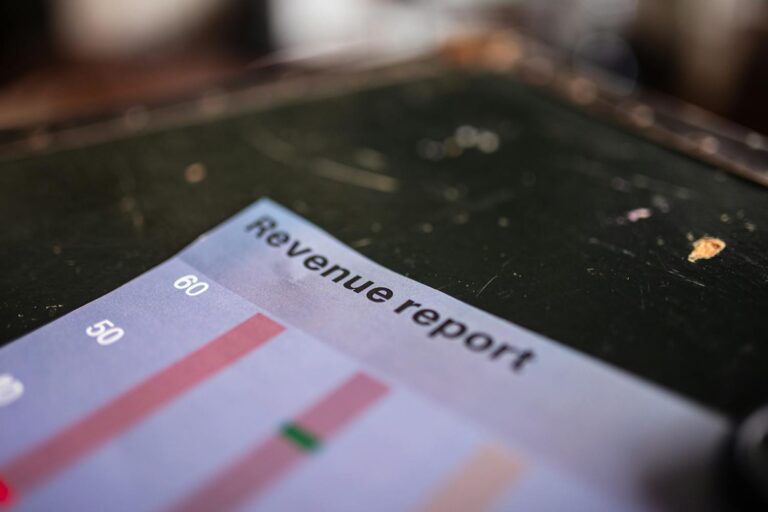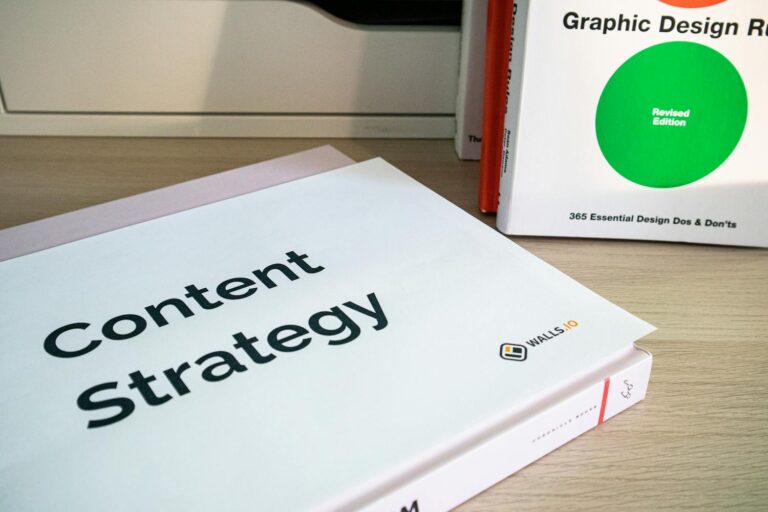 Any online business owners are struggling to come up with contents to posts and there is one ingenious solution to that: research.
Any online business owners are struggling to come up with contents to posts and there is one ingenious solution to that: research.
Conducting research provides you with a first-hand look at what your audience wants to see.
This does not only provide you with overflowing content ideas but your research itself can be a direct content itself. It can be cited and linked to other posts that are related to yours. They may use your research, and this just means an exposure and a backlink.
And that does not stop at that, you are showing yourself as an expert because of your carefully research study or survey.
The possibilities that a research presents are endless and here are ways that you can start your own research.
Begin with a Socially Significant Question
To make an impact and provide relevant research, you need to ask a question that will solve if not help a current situation or a community.
 You can also give an updated answer to socially relevant questions for nowadays affairs. Another idea is to conduct a local survey that will help you niche down your content ideas. For example, your city may love Chinese take-outs but do they prefer noodles or rice-based take-outs?
You can also give an updated answer to socially relevant questions for nowadays affairs. Another idea is to conduct a local survey that will help you niche down your content ideas. For example, your city may love Chinese take-outs but do they prefer noodles or rice-based take-outs?
But you have to take caution when choosing a research question. The following criteria can be used to make a good research question:
- Would my target audience find this interesting and informative?
- Does my research align with my business goals or my unique brand story?
- Will this research answer a question that hasn’t been covered yet?
Take heed of best research practices
Research is not just about compiling your discovered data but structuring them into something that forms a story.

You can do that by using one of the following types of research:
- Simple survey
- An in-depth survey that includes qualitative responses
- Review of existing research
- Manual data gathering from raw data sources
- Field research with data gathering at the source of information
You must have levels with your research. You can’t just spout all of the information at the same time. Arrange it in a way that your audience can understand it easily when they first read it.
Remember that when conducting surveys, you should always include the demographics of the population you are subjecting to your research.
Race, ethnicity, gender, age, education, profession, occupation, income level, and marital status, are some of the most common characteristics used. These characteristics or demographics can determine a trend and will make future engagements and targeting much easier for you and those who will find your research useful.
Make your Hypothesis based on the research you made
Your researched data must be used to prove or disprove assumptions and they are called hypotheses. Or commonly defined as an educated guess.
Hypotheses are formed at the beginning of the research. When you have formed the question you follow it by making educated guesses. Then only after that will you start researching.
This makes the research easier because you are not blindly collecting facts about the question but you are searching to prove or disprove your hypotheses. You can only collect related information that can back your hypotheses or debunk it.
From the hypothesis make more questions
 As stated above, your hypothesis(-es) will serve as a guide for subsequent questions for your research.
As stated above, your hypothesis(-es) will serve as a guide for subsequent questions for your research.
They are questions that will support the main question or your research question. These questions will be the outline of your research. They can also spark new ideas and contents at the same time!
Designate the categories for easier analysis
What comes next in gathering data is the processing of those gathered data. To process them you need to categorize it so there will be no overlapping and lumping of the data gathered.
Separating your data into categories makes it much easier to process. This also lets you have secondary hypotheses that you can use on later on studies.
You can also use graphs and charts to categorize your data, this way you can easily spot the trends and answer your questions.
Determine the different uses of your findings
It is now time to know where you can use your research.

Of course, you can publish it, but it does not just end at that. There are many uses for it like the following:
- A press release
- An in-depth report
- Infographics to share
- Blogs for trends
- A formal article that showcases your findings and personal conclusion
- Advertisements, and other promotional material that shows your research
- Posts linked to your research
- Guest posts
- E-books
- Video contents
- Online courses
- Community forums
See where your research can be used and apply your findings immediately.
Through this method, you can continuously make contents without worrying about what the next one will be about.
You just have to update your research every now and then with new information.
See how conducting research can make you an almost unlimited amount of content ideas. It can make you into an expert of researching in your particular field, start an engagement between you and your audience and gives you lots of backlinks.
It is not just a content-making machine but also a way to start new opportunities for you in the content marketing industry.





